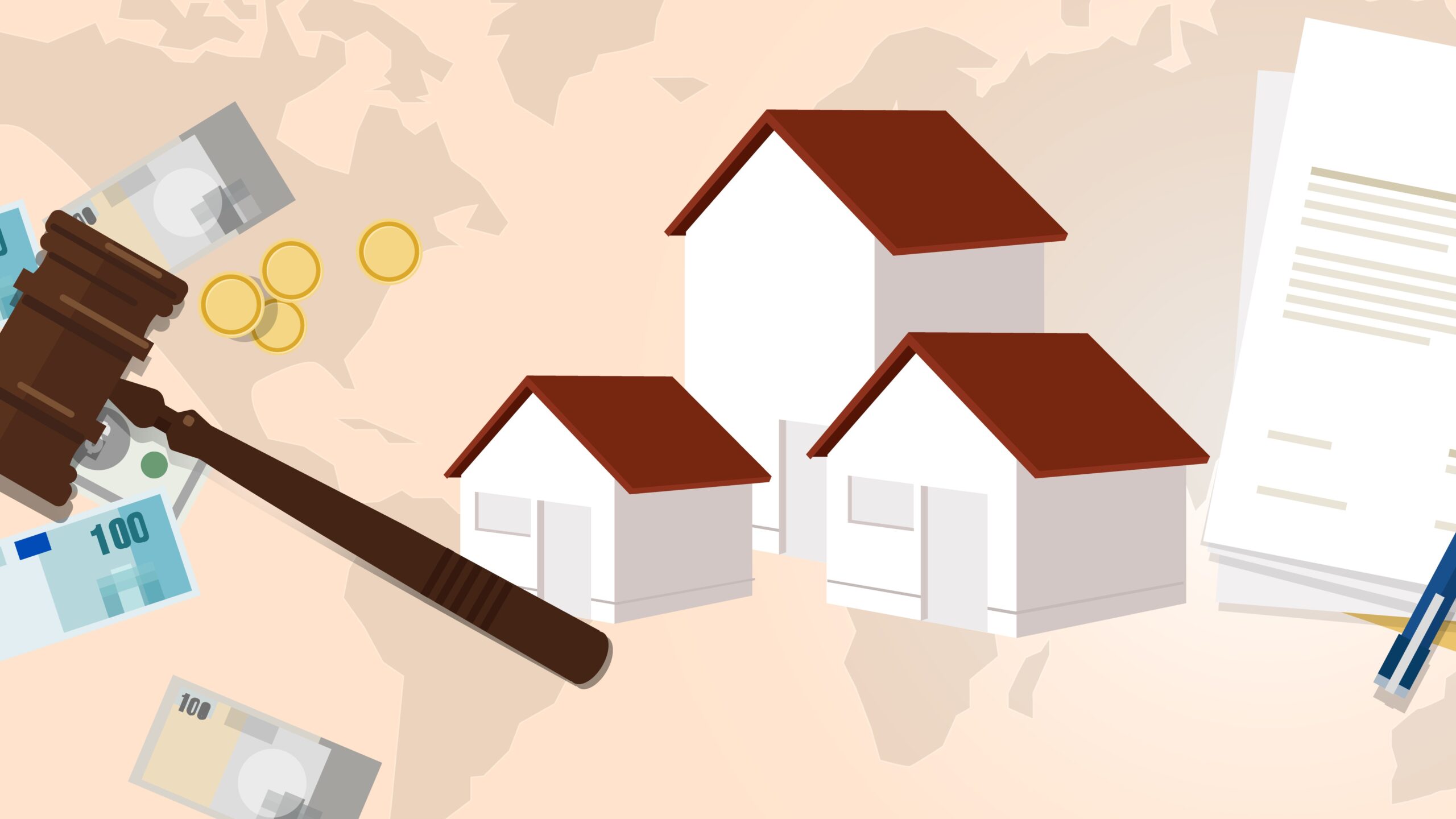
Restitution is the process of returning property or providing compensation for property that has been wrongfully taken during historical periods such as totalitarian regimes. This legal instrument is of fundamental importance in restoring justice and protecting property rights. What are its principles, procedures and impact on society? Read everything you need to know about restitution and its importance in modern legislation.
Restitution is the process of returning property or providing compensation to persons who have been wrongfully deprived of that property, usually by the state or other authorities, as a result of political, social or military events. This mechanism serves to redress historical wrongs and to restore justice within the framework of property rights.
Restitutions are often part of the processes of democratisation and legal renewal of society as society tries to come to terms with the mistakes of the past. They mainly concern property that was ‘confiscated’ during various regimes, such as Nazism, communism or other authoritarian regimes.
1. Restitution of property: where possible, the property is returned to the original owner or his/her rightful heirs in the same condition as it is. This process is often preferred as the most direct form of restitution.
2. Provision of compensation: if the property can no longer be returned (e.g. it has been sold, destroyed or used for public purposes), financial or other compensation is provided.
3. Fairness and proportionality: the aim is to ensure that the interests of the original owner and the current occupier are balanced when restitution and compensation are provided.
4. Legal framework: restitution is always enshrined in the legislation of a particular country, with the process and conditions often specified in detail by law.
1. Submission of the application: the original owner or his successors in title shall submit an application for restitution in accordance with the law.
2. Verification of the claim: the competent authorities verify whether the claim is legitimate, including verification of property rights, evidence of confiscation of assets, etc.
3. Decision: the authorities decide on the form of restitution (restitution or compensation).
4. Implementation: if the decision is positive, the property is returned or compensation is provided.
In Slovakia, restitution was regulated by a series of legal provisions that dealt with the restitution of property or the provision of compensation to persons who had been unjustly deprived of such property during totalitarian regimes, particularly during the communist period. These laws focused on different types of property and specific circumstances of deprivation.
The treatment of restitution in Slovakia today depends on a number of factors, including legislation, the nature of the particular case and legal options. Although the law has set deadlines for the filing of restitution applications, there are certain exceptions and possibilities that may allow certain restitutions to be dealt with beyond these deadlines.
Restitutions in Slovakia are closely linked to the process of restoring democracy and the rule of law after the fall of the communist regime in 1989. Their main aim was to alleviate the historical injustices caused by the totalitarian regimes, especially during communism, when there was widespread nationalisation and confiscation of property. Slovakia’s restitution laws drew inspiration from the experience of other post-communist countries, taking into account specific historical and legal circumstances.
1. First Czechoslovak Republic (1918-1938): after the establishment of Czechoslovakia, a land reform was adopted, which included land redistribution. This reform was intended to ensure more equal land ownership, but in some cases this led to disputes over property rights, which later affected restitution processes.
2. World War II and the Slovak State (1939-1945): during the period of the Slovak State, some groups (especially the Jewish community) were deprived of their property en masse on the basis of racial laws. After the war, attempts were made to restore these rights, but the process was often incomplete.
3. Post-war period (1945 – 1948). After the Second World War, a series of Benes Decrees were passed, which dealt with the confiscation of the property of Germans, Hungarians and collaborators. These decrees led to transfers of property that became the subject of disputes during the restitution processes.
4. Communist period (1948 – 1989): after the communist coup in 1948, there was massive nationalisation. Agricultural land and forests were nationalised or forcibly incorporated into cooperatives. Private enterprises were confiscated. Real estate, including residential houses, was taken from the original owners. These actions were often carried out without adequate compensation, creating a legal and moral basis for restitution claims.
Restitution in Slovakia is an important legal instrument that has helped to redress property wrongs caused by totalitarian regimes. Although often complex and time-consuming, restitution processes have played a key role in restoring justice and strengthening the rule of law. If you feel that the topic of restitution still concerns you or if you need legal assistance regarding property claims, the experts at our law firm are ready to help. We will provide you with comprehensive legal support and ensure that your rights are protected and properly enforced. Together, we will resolve even the most complex cases.
Law & Tax
Tomas Demo
tomas.demo@highgate.sk
Accounting
Peter Šopinec
peter.sopinec@highgate.sk
Crypto
Peter Varga
peter.varga@highgate.sk